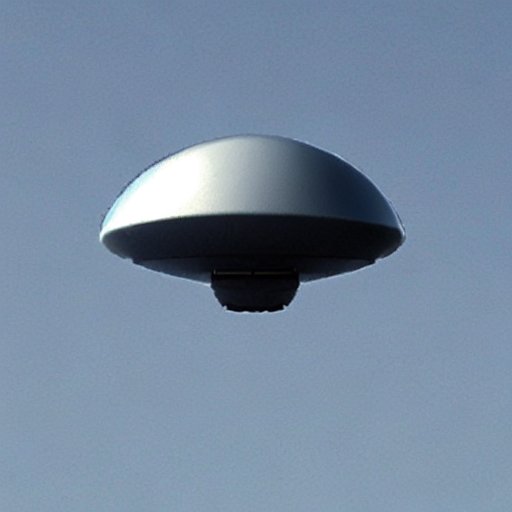I’d say there’s a reason PC gaming handhelds popped up when they did and a large part of it is that APUs has reached a level of performance per watt where they actually work, I.e. provide decent frame rate in popular new titles (in 720p). Putting in an older part will give worse performance at the same lousy battery life and you can’t really drop below 720p without getting compatibility problems.
And if anyone wants to say “but the Nintendo Switch is running on super old hardware?” then please keep in mind that there is a world of difference between consoles and PC even with “standard” hardware in them (x86 or ARM). The fact that all Switch games will run on the exact same hardware opens up for a level of optimization that just isn’t realistic on PC and that extremely diverse landscape.
What could, but likely won’t, happen in the future is standardization around one APU per two/three years such that all gaming PC handhelds use the same APU and then differentiate on other parts, like Legion GO vs ROG Ally. Then it becomes feasible for developers to do targeted optimization to that APU.
One huge thing to note is that the Switch has ports specifically for it, meaning game devs make significant changes to support the Switch if they’re porting an existing title (e.g. look at Hogwarts Legacy on PC and Switch, it’s very different). Handheld PCs just play the original release without any tuning.
So it’s not just “optimization” (as in, tailoring the code to the hardware), but actual, meaningful changes to the gameplay to work. So even if handhelds standardize around a single APU, it’s unlikely game devs will craft a custom experience for that hardware like they would with the Switch because it’s not going to generate nearly the same amount of new sales.
For sure, but since PC handhelds will always have quite powerful APUs it’s not necessary like it is for the Switch. I mean the Z1 Extreme pushes tflops like an Xbox Series S, not by any means a perfect metric but still indicative of the level of raw performance the chip actually sports, which is why it can play most titles in 1080p with 30 fps (just like the series S).
The optimistic future, still a few years out, is for games to target an intermediate representation like SPIR-V and let manufacturers handle their own optimizations. Or ideally open their damn drivers and let everyone else handle them.
It’ll never be quite as efficient as deliberate human optimization… but it’ll make everything compiler-optimized for your exact hardware.
This is the best summary I could come up with:
Ayaneo’s attempt to launch a bargain-price competitor to the Steam Deck has been confusing, to say the least, but the company has now published a product page that clears most things up.
The Ayaneo Next Lite will cost $299, will not ship with an official build of SteamOS but rather an unofficial fork, and come with a four-year-old AMD processor that’s arguably less potent than the one in the original Steam Deck LCD.
As reported by GamingOnLinux and Handheld HQ, it will instead have a version of the HoloISO project, which its creator describes on GitHub as something that “attempts to bring the Steam Deck’s SteamOS Holo redistribution into a generic, installable format, and provide a close-to-official SteamOS experience.” Without official support from Valve, the prospects for this device running the software well seem much further from reality than the original blog post on Ayaneo’s site suggested.
It’s worth noting that we’ve already tested an Ayaneo Next handheld with a newer processor inside, the AMD Ryzen 7 5825U, and found it lost to the Steam Deck, sometimes by a decent margin, more than it won.
The company is also advertising “vibrant colors” that include a good-looking seafoam green and “high-end craftsmanship.” It also has a port advantage with three USB-C 3.2 Gen 2 ports, including ones on top and bottom of the system, and can fit full-length M.2 2280 NVMe solid state drives, which are generally more widely available in far larger capacities than the Steam Deck’s smaller ones.
Correction January 11th, 9:03PM ET: Ayaneo’s announcement blog post states the Next Lite would ship with “SteamOS” preinstalled, however, this was incorrect.
The original article contains 616 words, the summary contains 271 words. Saved 56%. I’m a bot and I’m open source!



